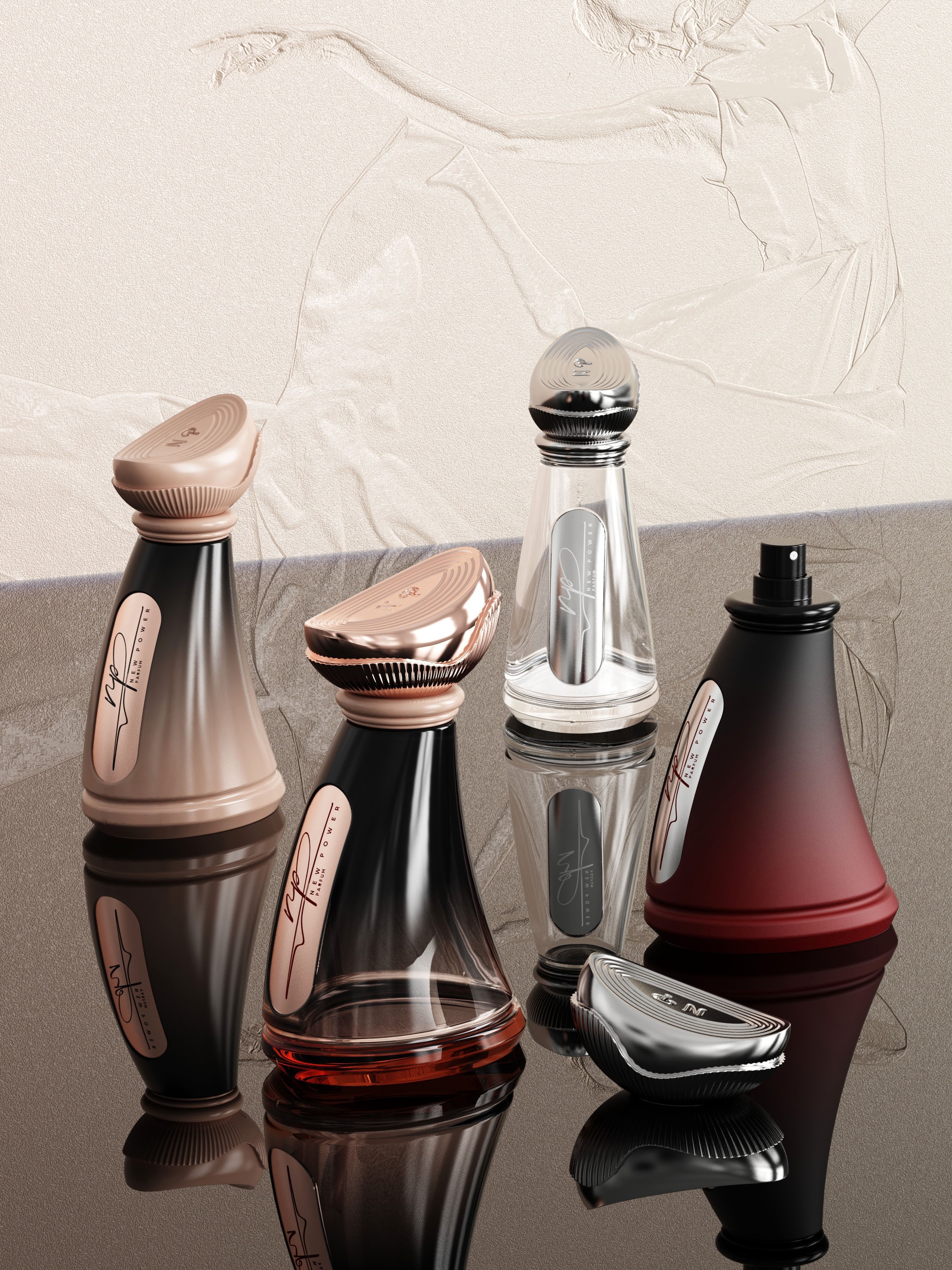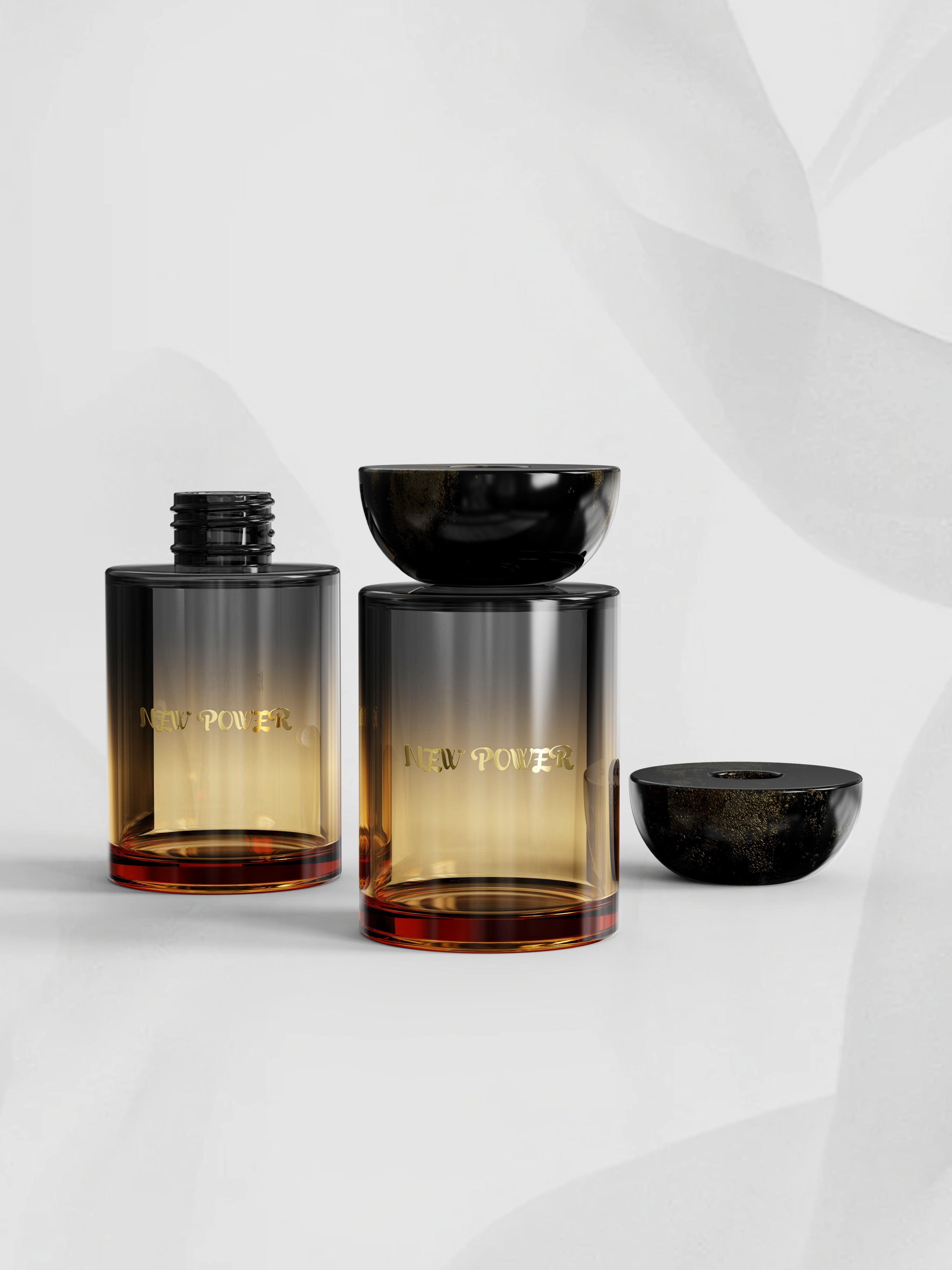Perfume Classification System: A Systematic Expression of Olfactory Aesthetics
Time:
2025-06-13
Perfume Classification System: A Systematic Expression of Olfactory Aesthetics
I. The Evolution of Perfume in Historical Context
The Ancient Spice Era (3000 BCE–14th Century)
Myrrh and Frankincense in the Era of Egyptian Pharaohs
Spice Trade Along the Silk Road
Breakthrough Developments in Arab Distillation Techniques
The Classical Perfume Era (15th–18th Centuries)
The European Royal Court's Official Perfumer System
The Legendary Formula of Hungarian Queen's Water
The Excessive Use of Perfume at Versailles
The Modern Perfume Industry (19th Century to Present)
The Chemical Revolution of Synthetic Fragrances (First Synthesis of Coumarin in 1882)
The Modern Perfume Structure Pioneered by Coty
The International Standardisation of Perfume Concentration Grading
II. The Golden System of Fragrance Classification
(1) Classification by the Fragrance Wheel
Fresh Notes (Fresh)
Citrus: Bergamot/Grapefruit/Lemon
Aquatic: Marine/Watermelon Ketone/Ozone
Green: Grass/Tomato Leaf/Violet Leaf
Floral Notes (Floral)
Single White Flowers: Jasmine/Lily of the Valley/Gardenia
Composite Floral: Rose-Lilac Combination
Powdery Floral: Iris-Vanilla Combination
Oriental Notes (Oriental)
Amber Notes: Labdanum/Vanilla/Tonka Bean
Spicy Notes: Cinnamon/Clove/Cardamom
Woody Oriental: Patchouli-Vetiver Framework
Woody Notes (Woody)
Dry Woody: Cedarwood/Sandalwood/Guaiac Wood
Smoky Woody: Birch Tar/Cedarwood
Green Woody: Juniper Berries/Fir
(II) Classification by Concentration (EDP/EDT, etc.)
Type Perfume Concentration Duration Typical Representative Parfum 20-30% 8-12 hours Chanel No. 5 Eau de Parfum EDP 15-20% 6-8 hours Dior J'adore EDT 5-15% 4-6 hours Hermès Niloticus Garden Cologne 2-4% 2-3 hours 4711 Original Eau de Cologne
III. Scenario-Based Usage Guide
Business Settings
Recommended Notes: Tea/Subtly Spicy Woody
Avoid: Animalic/Gourmand Notes
Classic Choice: Bulgari Darjeeling Tea
Dating Scenarios
Safe Choice: Fruity Chypre Notes
Advanced Technique: Body-Temperature-Activated Spices (Ylang-Ylang)
Risk Avoidance: Overly Sharp Green Notes
Seasonal Compatibility Principles
Spring: Cherry Blossom-Lychee Combination
Summer: Mint-Lemon Framework
Autumn: Fig-Sandalwood Transition
Winter: Vanilla-Amber Envelopment
4. Niche Fragrance Trends
Conceptual Fragrances
Metallic Sensation: Aldehyde-Mineral Combination
Space Theme: Oxygen Molecule Simulation Fragrance
Virtual Reality: Digital Encoded Fragrance
Cultural Fusion Phenomena
Japanese Wabi-Sabi Aesthetics: Cypress-Moss
Middle Eastern Tradition: Ebony-Saffron
African Elements: Frankincense-Myrrh Revival
Sustainable Perfume Movement
Plant Stem Cell Cultivation Technology
Cruelty-Free Harvesting Certification
Biodegradable Fragrance Molecule Research and Development





